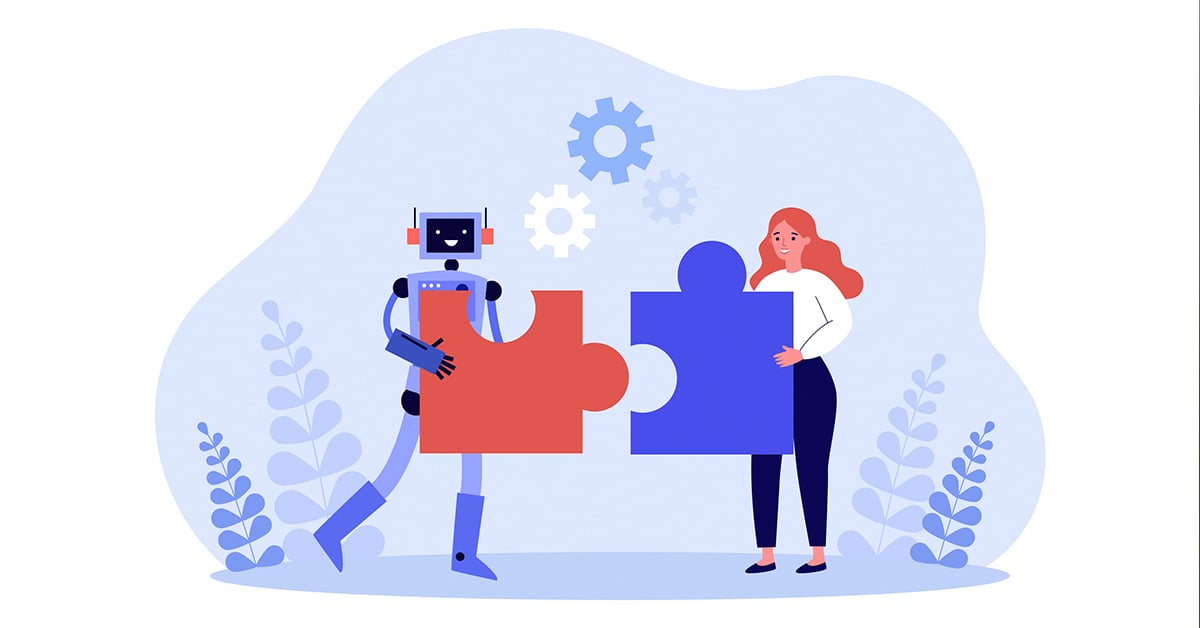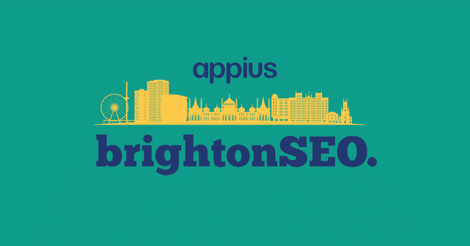Artificial intelligence (AI) is on everyone’s lips. It may not be a new concept - AI first came into existence in the 1950s - but it has exploded into public consciousness over the past twelve months.
Generative AI searches on Google hit 100 in terms of interest relative to peak in February 2023, compared to 3 the previous year.
This newfound popularity has seen it begin to dominate conversations in business circles. Tech giants have invested heavily in AI-powered tools in a bid to gain a competitive edge and earn the ‘early adopter’ label. Microsoft kickstarted the AI race by investing $10bn in OpenAI (the creators of ChatGPT), with Google reacting by pouring resources into Bard, its in-house tool. Both of these are accessible platforms that allow the general public to engage with a complicated technology.
Before going any further, it’s important to note the difference between AI and machine learning - another headline-stealing technical innovation. Despite being related concepts, they have contrasting scope and functionality. Machine learning is a subset of AI and processes data to create algorithms to recreate positive outcomes, whereas AI more directly mimics human capabilities and tries to do more to replicate human processes of analysing, reasoning and learning.
AI’s business applications aren’t being called into question - but it’s vital that brands temper their expectations. These tools are only as good as the set-up they’re deployed in. Appius has compiled a breakdown of the risks and rewards of integrating AI into your digital strategy.
Fortune favours the brave - use AI and machine learning for personalisation
Marketing teams have long grappled with how to effectively achieve personalisation at scale. Delivering customer specific comms is a staple of any successful business - more than half of customers consider this a bare minimum. The problem is that manually tweaking copy - be it email, social or website - eats up hours that your employees can’t afford.
Leaning on AI and greater automation enables marketers to create bespoke copy variations and tailor copy to unique demographics and customer profiles with a click of a button. And the results speak for themselves: the click-through-rate (CTR) for personalised emails is almost 140% better than non-personalised copy. It’s very possible that you have access to AI capabilities with your current tech stack but don’t know it or haven’t used them yet.

ChatNot to ChatBot - building AI into a hybrid machine + human chatbot strategy
AI’s application potential extends beyond static copy; it can also be a powerful lever in the bid to deliver more meaningful chatbot interactions. Chatbots have evolved from an optional extra to a cornerstone of premium digital strategies. Almost 60% of B2B companies use chatbots, with 42% of B2C companies also invested.
But that doesn’t mean businesses are tapping into their full potential. Traditional chabots were notorious for providing basic, nonsensical answers to the simplest queries. Introducing AI into your set-up allows these systems to learn from each interaction - provided brands analyse the results and identify the optimal areas to introduce new intelligence and rule sets. Appius also recommend a ‘hybrid’ strategy where chatbots hand off to real human experts, and with those teams continually evolving the AI’s learning in their down time.
Will AI steal your job or in fact help you to define your unique ‘voice’?
Many in the creative industry - particularly graphic designers and SEO specialists - have watched AI’s emergence with baited breath. ChatGPT’s rapid ascension, as well as the launch of platforms such as Dall-E (OpenAI’s automated image generator), left some concerned for their job security. However, the reality is that these rarely leave you with the final polished article - and search engines and human readers reward unique rather than regurgitated content.
OpenAI’s standard temperature setting, which controls its level of creativity, is 0.7. Tweaking this can allow you to unlock more drastic responses to create more unusual content, but also content that is less likely to make sense. One way to use AI generated content is to find out what everyone is saying and using without having to research, to help you define your own unique brand and content ‘angle’ - let AI “do the work, but not the thinking” is an approach we recommend.
Toeing the (AI) line - think about the ‘fit’ between your sector and AI
For all the wonders of AI, it should be remembered that this isn’t an omnipotent tool that will automatically elevate your digital operations to the next level. It doesn’t ‘think’ - it can’t formulate a comprehensive strategy. Rather, it’s leveraging existing content already on the internet, working with other people’s thoughts.
This runs the risk of producing stale, one-track content that doesn’t resonate with your audience. What’s more, failure to accurately replicate your brand’s tone of voice can damage your reputation.
Brands also need to factor in the industry they operate in. Case-in-point, fashion brands that make an AI-based mistake are merely offering strange fashion options and could even start a trend, or can rectify the error relatively seamlessly and minimise the impact on customers. Conversely, a life insurance brand that publishes unverified copy strewn with errors could genuinely ruin someone’s life rather than just their street cred. There’s a sliding scale of responsibility - the onus is on brands to assign a human to oversee this process and to ensure that the level of governance and checks match the importance of the content and the service they are providing .

Use other people’s AI to save time, but it’s time to crack your own brand code
Greater automation is the next step in the business evolutionary chain. AI can be the ultimate differentiator in a world defined by efficiency. And this starts by building your own in-house AI that embodies your brand. This is your crown jewel - the most important and valuable asset you have. The rest of the competition is jumping on the AI train. It’s time to follow suit but to use the tech to create your own brand and service AI using all of the expertise you have. You didn’t get this far by asking ChatGPT what to do with your life and your brand. You can use AI technology to magnify the expertise in your teams and turn them into the conductors of the orchestra, rather than just musicians playing the same notes over and over as only they have the ability to do so.

Do you know what part of your digital technology stack already uses AI or has AI capabilities? For the gaps does your company want to discuss the best-in-class tactics for integrating AI into digital strategies? Do you want to capitalise on this technology’s potential whilst keeping the risks to a minimum? Reach out to the Appius team today using our contact form to find out how our specialist expertise can elevate your current digital tech and operations to the next level.





SUBMIT YOUR COMMENT